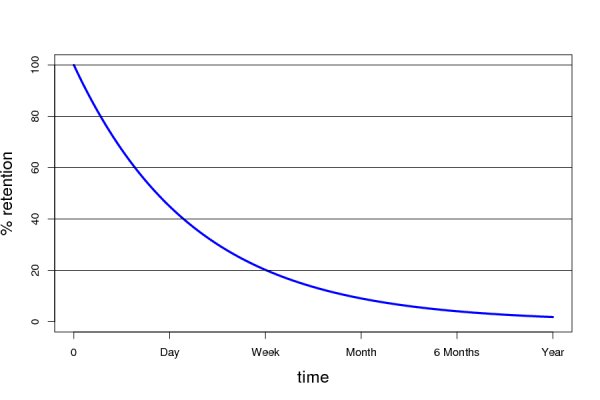By: Matthew Farrow | Student Life Editor
October 26, 2018
According to a recent study on campus, the average student at San Clemente High School spends around six to seven hours at school each day, and anywhere from one to three hours per week on homework per day. It doesn’t stop here; most students are involved in work and sports as well. Factoring this in, the average student has around 60 hours of commitments.
Most students fall in this range:
| School | Homework | Extracurriculars | Work | Daily Total | Weekly Total |
| 6 to 7 | 1 to 3 | 2 to 3 | 1 to 3 | 10-16 | (40-80) 60 |
Average time spent on activities each day
“Homework can take up a lot of time,” senior Josh Giobbi said. “Sometimes it’s for the grades, and sometimes it’s for the learning.”
It’s self-evident students have busy schedules, and the truth is that most students are quite inefficient with their time, especially when it comes to studying. Following these suggestions can dramatically increase efficiency not just in school, but in life.
Understand the 80/20 Principle
20 percent of the carpet gets 80 percent of the wear. 20 percent of a company’s products account for 80 percent of its revenue. A person wares 20 percent of their clothes 80 percent of the time. The 80/20 rule states that 80 percent of the results come from 20 percent of the efforts, but the principle is better known as the unequal distribution between causes and effects. Take a look at the agenda and identify the most important items on there. Spend and allocate the most time for those while reducing the time spent on small tasks.
Parkinson’s Law
In his 1955 book Parkinson’s Law, Northcote Parkinson said, “Work expands so as to fill the time available for its completion.” If you have ever had a big essay due and wait until 12:00 the night before to start it and then by 1:30 in the morning you have miraculously finished it and it’s not half bad, you have experienced Parkinson’s Law at work. The best way to implement this is to assign a task like math homework, which typically takes only 25 minutes. Go to a tutorial where you don’t know anyone and force yourself to get it done then. Don’t wait until you’re home and let it rot in the free-time bucket, because it will expand and fill all the free time there is.
Don’t Use a To-do List
While to-do lists can be helpful, they’re not nearly as helpful as “not to-do” lists. Which instead of outlining what needs to be done, outline the things not to be done, such as watching Youtube or texting. Find what distracts you and then add these items to the “not to-do” list so they won’t be repeated.
Use Active Recall
The best way to remember information is to continually test yourself on what has been learned. Ironically teaching is extremely helpful in learning information. Try to sum up the information and organize it as if you were going to teach it, then do so. When teaching information, you are more likely to stumble upon faulty logic and concepts you don’t understand. When this happens, go back and review the information.
Additional Information about Time
It’s always better to use spaced repetition, spending a short amount of time learning the same information over several days, when studying. If this is not an option, remember the forgetting curve:

You are likely to remember information just after you learn it and forget it quickly after, so try and study closest to your test for the best results if you don’t have time to study everyday for the test.
By implementing these principles into your studying routine, you can increase the rate at which you accomplish tasks parallel to increasing the quality of completion.

Leave a Reply